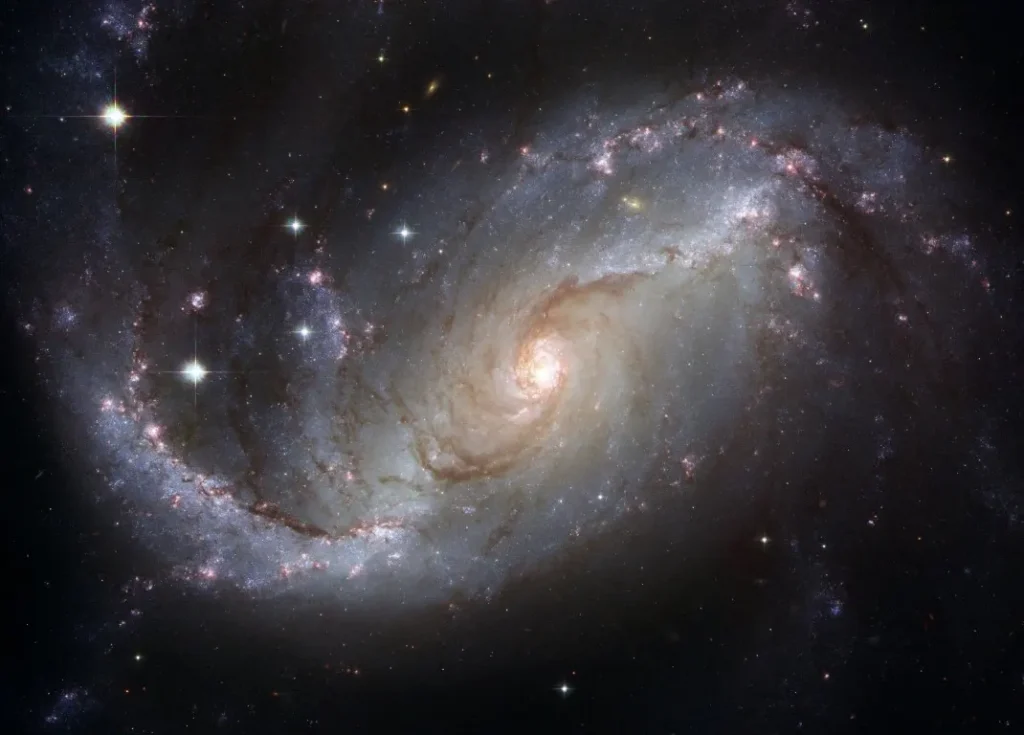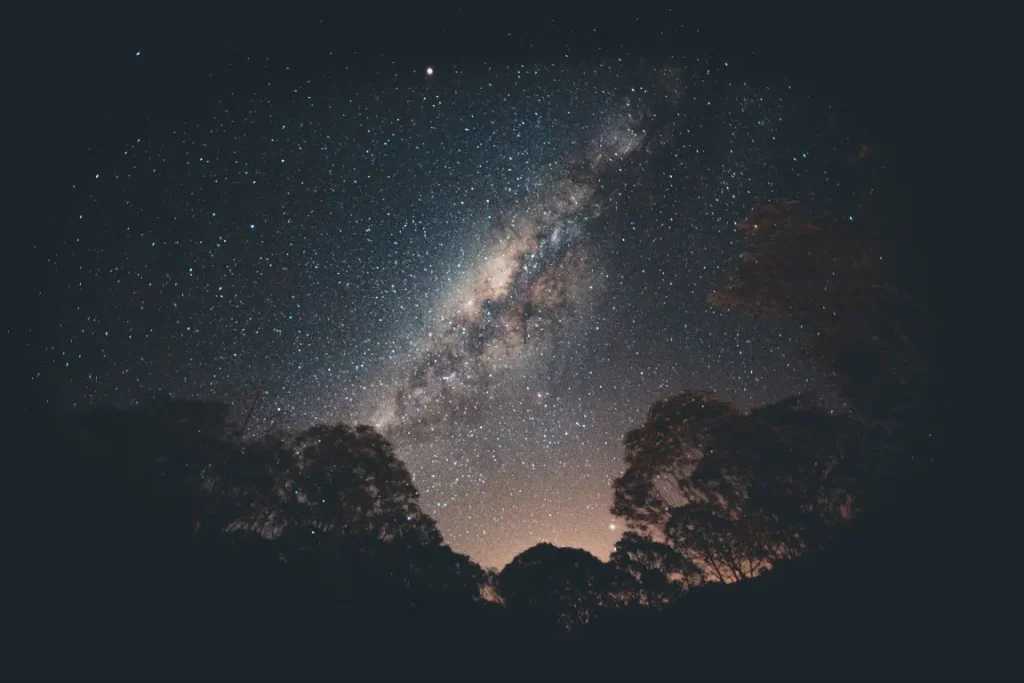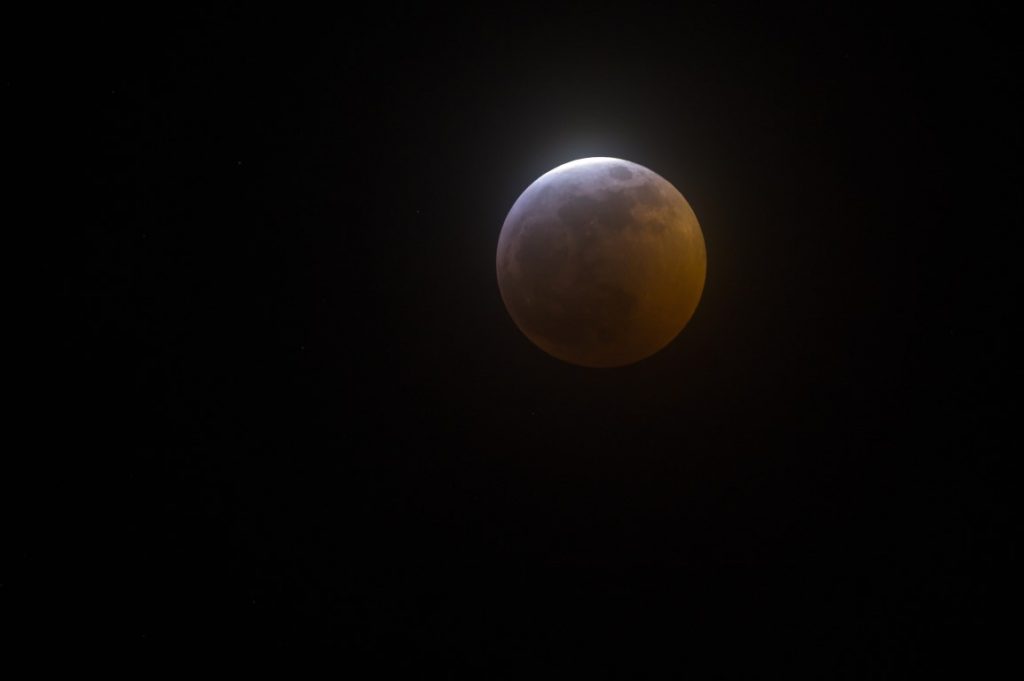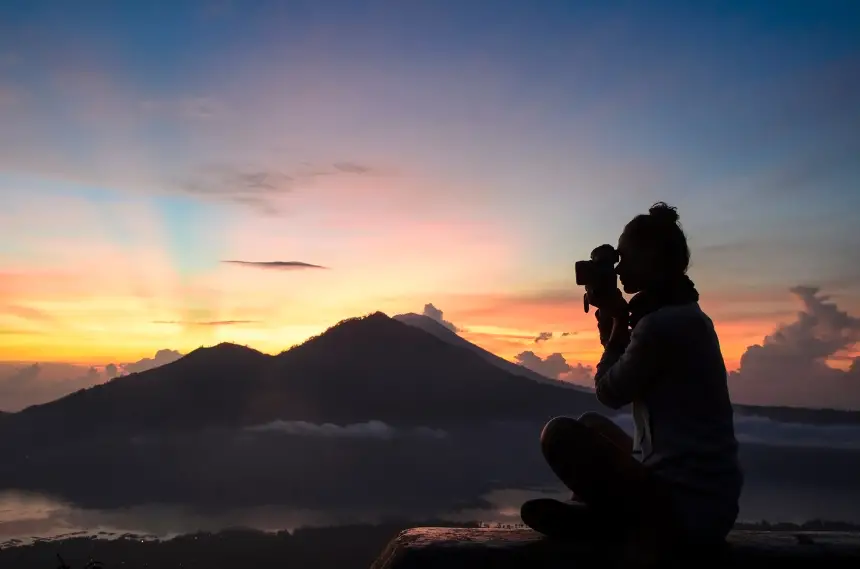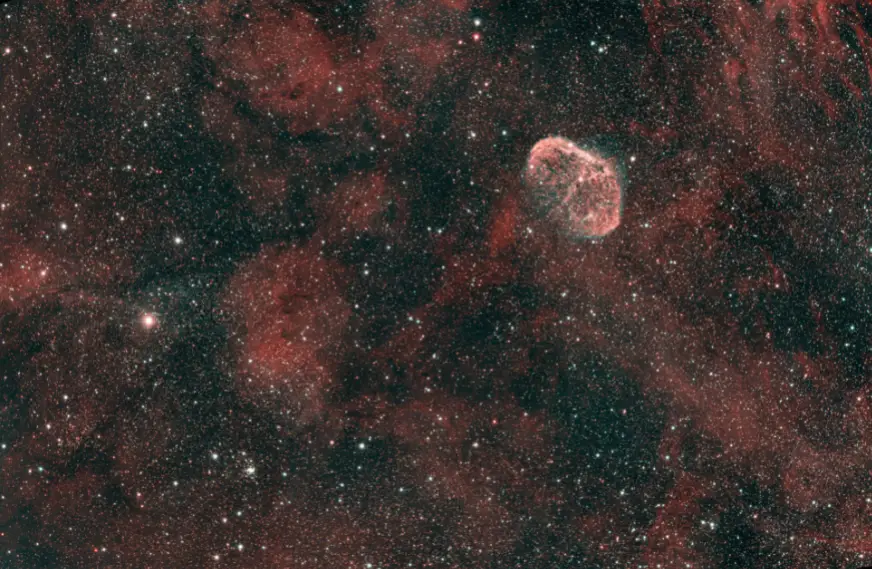
To take spectacular astrophotographs, you need the best astrophotography lens.
In this article, I’m discussing what to look for in lenses when starting or perfecting your astrophotography career.
What makes a good astrophotography lens?
Settling for one specific type of lens for astrophotography can be such a big hustle. You are likely to run into over 100 types of lenses each with different features and suitable for different cameras.
Among those many available lenses, lenses for astrophotography have some very unique features.
You might go through a lot of struggles to choose the best astrophotography lens. However, once you get the right type of lens, your journey in astrophotography will be very smooth.
So what do I look for in the lens for astrophotography?
Aperture
Since all images of deep skies objects are taken at night, the aperture of the lens matters.
Your camera definitely comes with some lens that most likely has an aperture that changes with the type of pictures you are taking and the focal length.
An Astrophotography lens should have a constant aperture due to the presence of noise.
It is recommended you use a lens with an aperture of F/2.8 or greater.
There will be less noise when you are using lenses with an aperture of F/2.8, F/1.2 and anything greater.
Focal length
The focal length of the lenses determines how clear and how much noise will be available in a picture.
When choosing lenses for astrophotography, ensure the lenses are wide-eyed and the focal length should be between 18-24mm.
However, if you taking pictures of deep skies objects or the northern light, use telescopes with over 400mm focal length.
Besides, telescopes are cheaper than a normal camera lens.
Coma and Chromatic Aberrations
Chromatic aberration is what is also known as colour fringing and happens on the edges of your image. It always manifests in purple fringes.
Coma on the other hand is a form of disturbance that results in mysterious light in your images.
Chromatic Aberration and coma are usually found in low-quality lenses. So, before settling for any lens, check for these two factors.
Anti-lens flare
Some lenses may suffer from the flare effect and some ghost images.
This is most common in low-quality lenses. When using this lens, you will capture some halos or even some ghost shadows that should not be in pictures.
To prevent that from happening, invest in a high-quality lens. Preferably, lenses that have a filter coating that prevents such flares from happening.
The above-discussed factors will determine the quality of the images you take. While some issues like the coma and Chromatic Aberration can be fixed in Photoshop, others will permanently distort your images.
Let’s discuss further what lenses offer all the good qualities of an astrophotography lens.
What lens is needed for star photography?
When shooting a trail of stars at night, you will need to capture every detail. If you’re interested, I have a comprehensive guide on how do you take star trail photos.
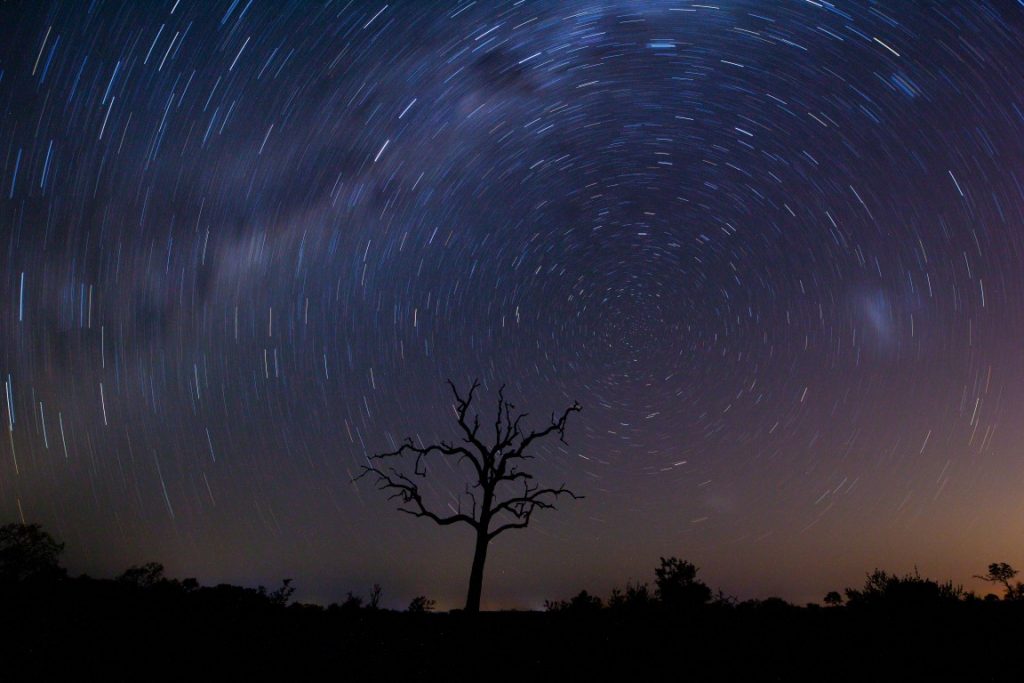
Since the normal camera lens might lead to distortion of the images, investing in a high-quality lens will be a game changer.
Some of the things that make a lens ideal for star photography include;
- Wide-angle lens: A lens with a constant F-stop of between F/1.8 to F/4 will capture the most amazing star trails.
- Focal length: Lenses ideal for star imaging should have a focal length of somewhere between 14-20mm. Again, you can use a telescope if you have access to one.
- Crop sensor: The crop sensor focal lengths should be between 10-17mm.
Examples of lenses with such features include;
- Samyang XP 14mm f/2.4
- Sigma 14mm f/1.8 DG HSM
- Nikkor 14-24mm f/2.8
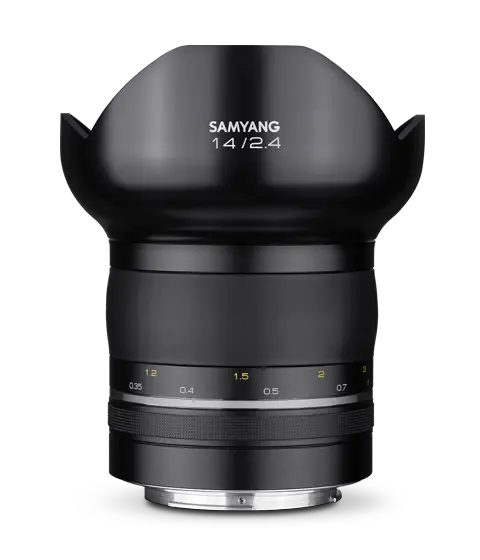
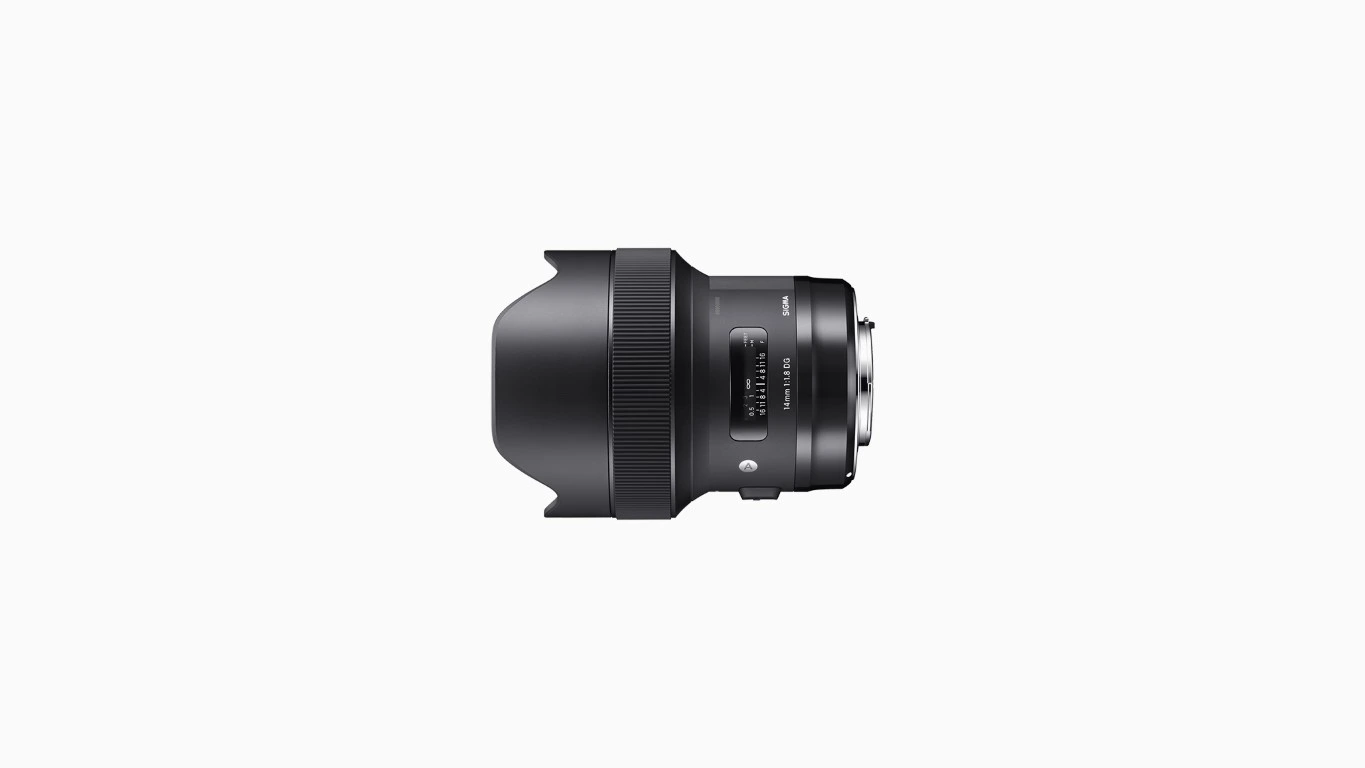
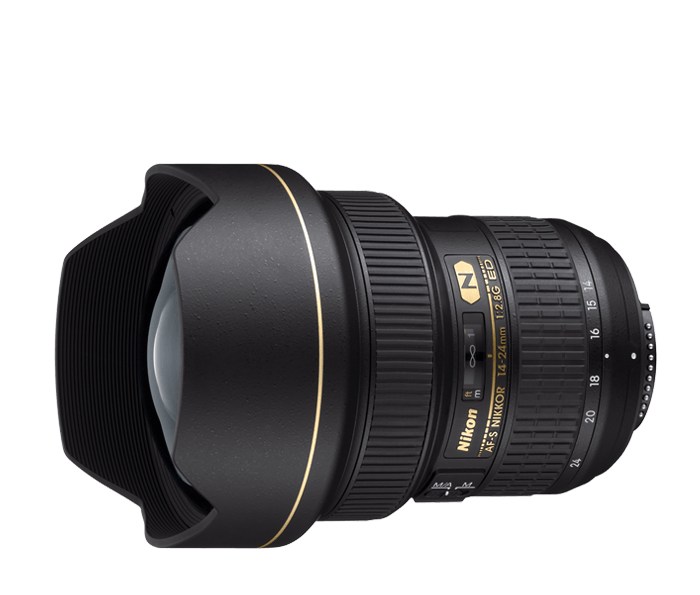
Can a telephoto lens be used for astrophotography?
Yes. Telephoto lenses are ideal for astrophotography.
However, they are mostly used by advanced astrophotography photographers. If you are using a telephoto lens, you need to have enough knowledge to balance the colour, contrast and brightness. Otherwise, you will produce whack images.
Best telephoto lens for astrophotography
Telephoto lenses are very expensive but more advanced. You can capture some spectacular images with a telephoto lens with an F-stop value of F/2.8 without needing to edit. Some of these lenses are;
Super Telephoto:
- Canon EF 300mm f/2.8L IS II USM Lens
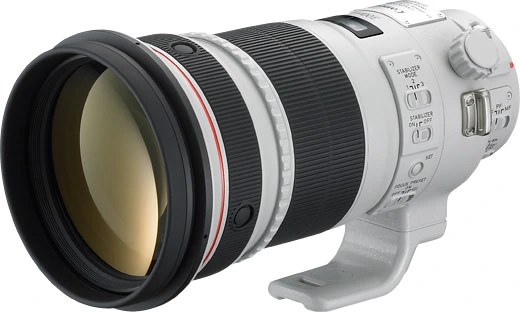
- Canon EF 400mm f/2.8L IS III USM Lens
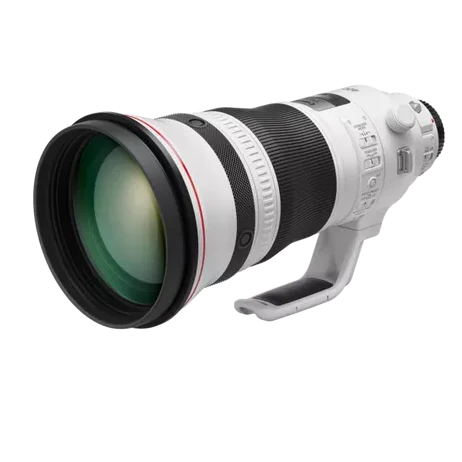
This is the lightest 400mm f/2.8 lens you can find. So, if you are interested in this, you can check out the latest price now.
- Canon EF 600mm f/4L IS III USM Lens
- Nikon AF-S NIKKOR 300mm f/2.8G ED VR II Lens
- Nikon AF-S NIKKOR 400mm f/2.8E FL ED VR Lens
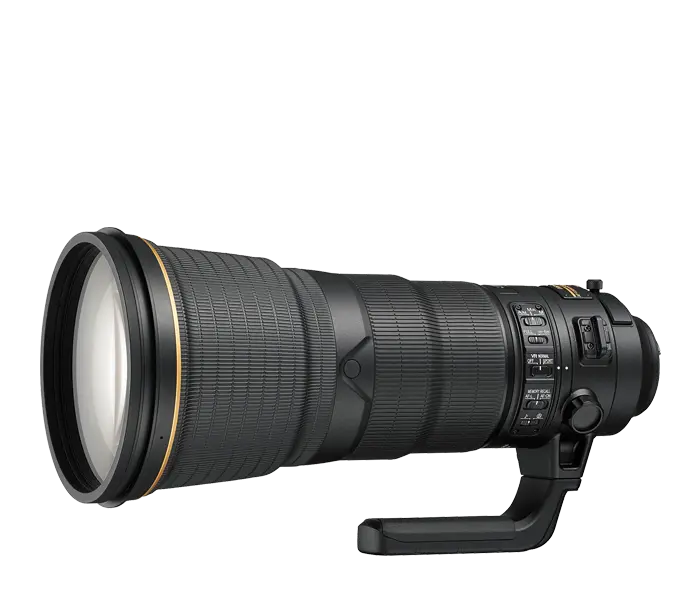
If you are interested in this, you can check out the latest price now.
- Nikon AF-S NIKKOR 500mm f/4E FL ED VR Lens
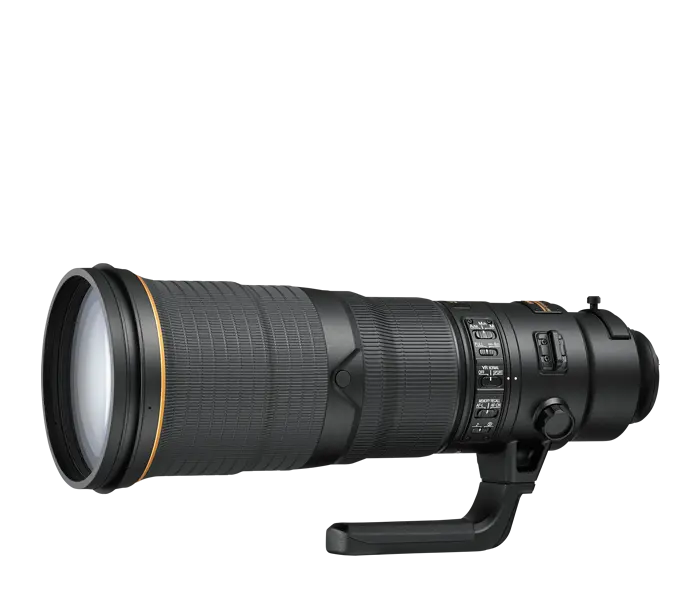
If you are interested in this, you can check out the latest price now.
- Nikon AF-S NIKKOR 600mm f/4E FL ED VR Lens (For those who are interested to purchase, you can check for recent price)
Telephoto:
- Canon EF 200mm f/2.8L II USM Lens
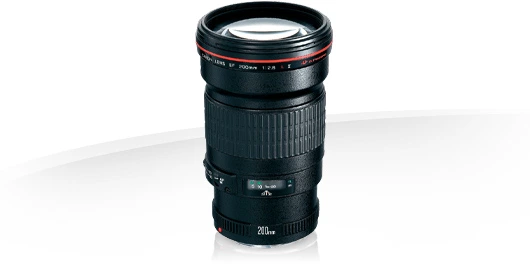
Check the latest price if you want to add this lens to your photography gear.
- Canon EF 200mm f/2L IS USM Lens
- Nikon F – Canon EF
- Nikon F – Canon EF – Sony E
- Nikon AF Nikkor 180mm f/2.8D IF-ED Lens
- Nikon AF-S NIKKOR 200mm f/2G ED VR II Lens
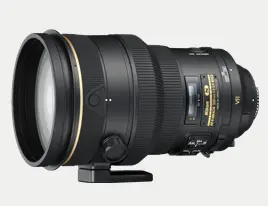
If you want to buy this, first check the latest price.
- Sigma 105mm f/1.4 DG HSM Art
- Sigma 135mm f/1.8 DG HSM Art
What DSLR lens is best for astrophotography?
Astrophotography DSLR lens can be divided into Top lens and budget DSLR.
| Type | Top DSLR lens | Budget DSLR lens |
|---|---|---|
| Wide-angled | Canon EF Nikon F Sigma 14mm f/1.8 DG HSM Art Sigma 28mm f/1.4 DG HSM Art | Canon EF-S – Nikon F Canon EF – Nikon F Canon EF-S 18-55mm f/4-5.6 IS STM Nikon AF-P DX NIKKOR 18-55mm f/3.5-5.6G VR Lens Rokinon 16mm f/2.0 ED AS UMC CS Lens Rokinon 24mm f/1.4 ED AS UMC |
| Normal | Nikon F – Canon EF Sigma 40mm f/1.4 DG HSM Art | Canon’s 50mm f/1.8 lens Nikon’s 50mm f/1.8 lens |
| Telephoto | Canon EF 200mm f/2L IS USM Lens Canon EF 200mm f/2.8L II USM Lens Nikon F- Canon EF- Sony E Nikon F – Canon EF Nikon AF Nikkor 180mm f/2.8D IF-ED Lens Nikon AF-S NIKKOR 200mm f/2G ED VR II Lens Sigma 105mm f/1.4 DG HSM Art Sigma 135mm f/1.8 DG HSM Art | Canon EF – Nikon F Canon 200mm f/2.8 L II USM EF Nikkor 180mm f/2.8 ED Sigma 150mm f/2.8 EX DG OS HSM APO Macro Lens Samyang 135mm f/2.0 ED UMC Lens Rokinon 85mm f/1.4 AS IF UMC Lens |
| Super Telephoto | Canon EF 300mm f/2.8L IS II USM Lens Canon EF 400mm f/2.8L IS III USM Lens Canon EF 600mm f/4L IS III USM Lens Nikon AF-S NIKKOR 300mm f/2.8G ED VR II Lens Nikon AF-S NIKKOR 400mm f/2.8E FL ED VR Lens Nikon AF-S NIKKOR 500mm f/4E FL ED VR Lens Nikon AF-S NIKKOR 600mm f/4E FL ED VR Lens |
What zoom lens is for astrophotography?
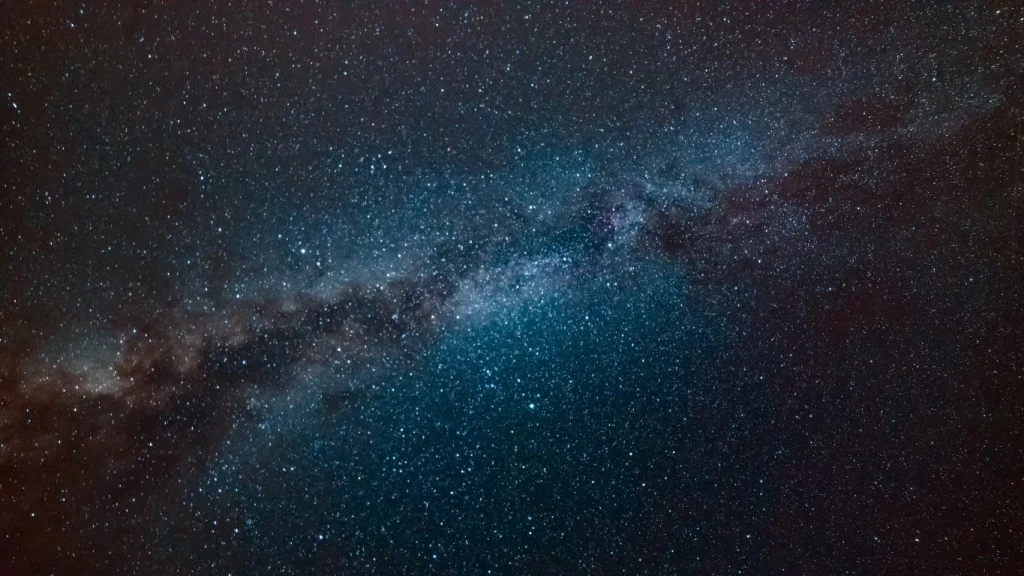
Zoom lenses are lenses with adjustable focal lengths. Some of the most common zoom lenses are;
- Canon 18-55 f/3.5-5.6
- Canon 55-250 f/4-5.6 ( current price of the lens )
- Sigma 18-200 f/3.5-6.3,
- Nikon Coolpix P1000
Best lens for milkyway photography
Although the camera is a crucial part of milky way photography, the type of lens also matters a lot.
Below is a chart showing the best milky way photography lens and the cheapest available options in the same category.
| Budget milkyway photography lens | Best milkyway photography lens |
| Rokinon 14mm f/2.8 Tamron SP 15-30mm f/2.8 Di VC USD Irix 15mm f/2.4 Blackstone Venus Laowa 15mm f/2 Sony 20 mm f/1.88 | Sigma 14mm f/1.8 DG HSM Nikkor Z 20mm f/1.8 S Canon RF 15-35 mm f/2.8 Sigma 14-24mm f/2.8 DG Zeiss 18mm Batis f/2.8 |
All the Milky way photography lenses mentioned above are either mirrorless or DSLR mirrorless.
What to look for in a lens for milky way photography
Most ideal lenses for milky way photography should be wide-angled and full framed.
These types of lenses have the capability to capture enough light to avoid the always-occurring noise in images.
Aside from that, the things listed below should be considered when choosing a milky way photography lens;
- Coma and Chromatic Aberration
- Low-light performance lens
- Wide-angled lens
- Medium and long focal length
- Look for any form of distortion
- Check for signs of vignetting
- And finally, are the lenses zoom or prime?
Best lenses for deep sky astrophotography
You do not have to use a telescope to capture amazing pictures of the deep skies. With a good-quality lens, you can adjust and make the lens work.
However, ensure the lens you are buying is compatible with your camera.
Again, you don’t have to spend thousands of dollars to buy your lens. Among the hundreds of lenses in the market, I have chosen the best budget deep-sky lenses and the best deep-sky lenses.
They are included in the table below.
Best budget deep-sky lenses
| Feature | Best budget deep-sky lenses | Best deep-sky lenses |
|---|---|---|
| Brand | Rokinon | Tamron |
| Specific type | Rokinon 135mm F/2.0 | Tamron 150-600mm F/5-6.3 |
| Focal length | 135mm | 150-600mm |
| Aperture | F/2.0 | F/5-6.3 |
| Weight | 1.9lbs | 4.3lbs |
| Sensor compatibility | Full-frame, APS-C, Micro Four Thirds | Full-frame, APS-C |
| Compatible cameras | Canon, Nikon and sony | Canon, Nikon and Sony |
| Price | Find the latest price | Find the latest price |
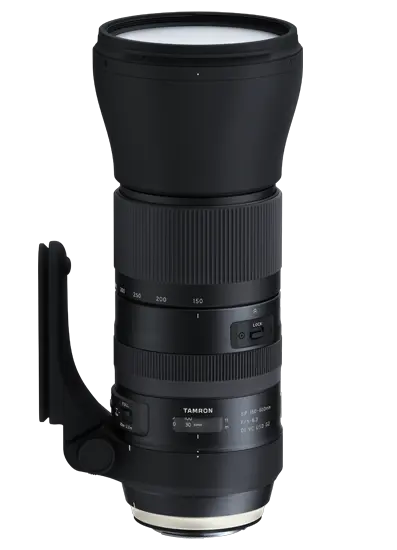
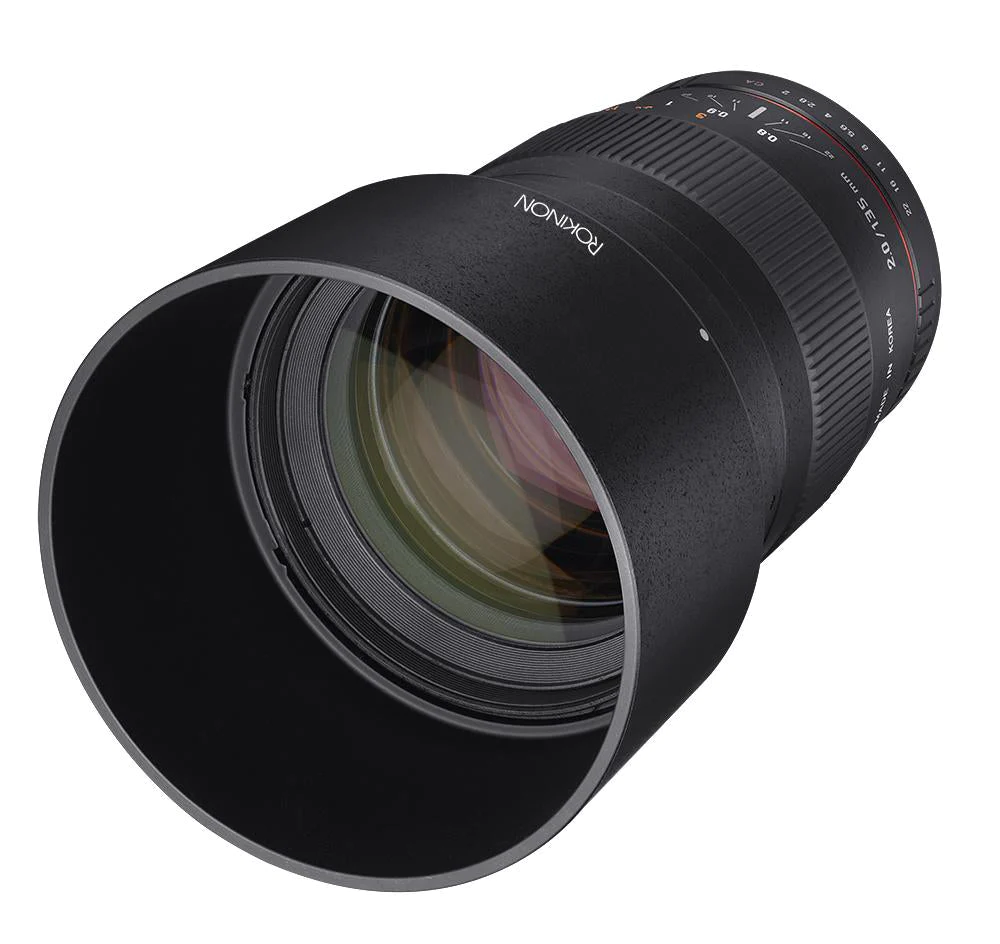
What to look for in a lens for deep sky astrophotography
Focal length: lenses for deep-sky astrophotography should have a focal length of somewhere between 100-600mm
Aperture: lenses with a wide aperture are ideal for this type of photography. The ideal aperture should be between F/6 and greater.
Can I use a telescope instead of a lens for deep-space astrophotography?
Yes. You can use a telescope for deep space astrophotography instead of a lens. However, there are some challenges to it.
You can adjust the focal length in lenses up to a certain range. On the other hand, the focal length in a telescope is fixed.
What size lens do I need for astrophotography?
Any lenses that have a zoom capability and an adjustable focal length are ideal for astrophotography.
However, each lens no matter what size it is has its own advantages and disadvantages.
The table below gives a summary of the pros and cons of a variety of short and long focal length lenses.
| Lens size | Pros | Cons |
| 18 mm | AffordableLightweightSmallSharpest | Does not work with full-frame |
| 20 mm | Great image quality Compact and lightweight | Feels cheap The quality of images at the corners is whack |
| 24 mm | Accurate and fast autofocus Lightweight Flexible | The sharpness of the images at wide aperture is poor |
| 35 mm | Better quality images Can pick some smaller objects in the skies Accurate autofocus and speed | Have a limited range of aperture Images may be distorted. |
| 300mm | Creates amazing perspective You can capture even the slightest object They have a wide variety of apertures | They are quite expensive Most of these lenses are heavy Might produce distorted images |
Best budget lenses.
If you already own a Cannon m50, there are over 50 lenses compatible with this camera. However, we will mention at least 5 best budget lenses for m50;
- Tamron AF 18-200mm F/3.5-6
- Canon EF-M 11-22mm f/4-5.6 STM
- Canon EF-M 18-55mm f/3.5-5.6 – Best For Travel (Find out the latest price)
- Canon EF-M 18-150 mm f/3.5-6.3 – Best Wide-Angle (Find out the price)
Other brands with the best budget lenses are included in the list below;
Sony E Mount:
- Rokinon AF 18mm f/2.8 FE Lens for Sony E
- Rokinon AF 24mm f/2.8 FE
- Tamron 24mm f/2.8 Di III OSDM
Nikon Z Mount:
- NIKKOR Z 50mm f/1.2 S
- NIKKOR Z 20mm f/1.8 S
- NIKKOR Z 35mm f/1.8 S
- NIKKOR Z 24mm f/1.8 S
- NIKKOR Z 50mm f/1.8 S
- NIKKOR Z 85mm f/1.8 S
Canon RF Mount:
- Canon RF 35mm f/1.8 IS Macro STM
- Canon RF 85mm f/2 Macro IS STM
- Canon RF 50mm f/1.8 STM
Conclusion
Choosing the right type of lens for astrophotography is not that complicated anymore.
If you now have figured out the ideal focal length and aperture, you can pick any lens with ease.
If you don’t have any clue about astrophotography, the guide above will be of so much help when you are shopping for lenses.
Justin Parker is a professional photographer and has been in the industry since 2007. He attended the University of Georgia. Justin combines his passion for photography and his interest in writing to give life to this blog which talks about photography in order to help and inspire young photographers.

